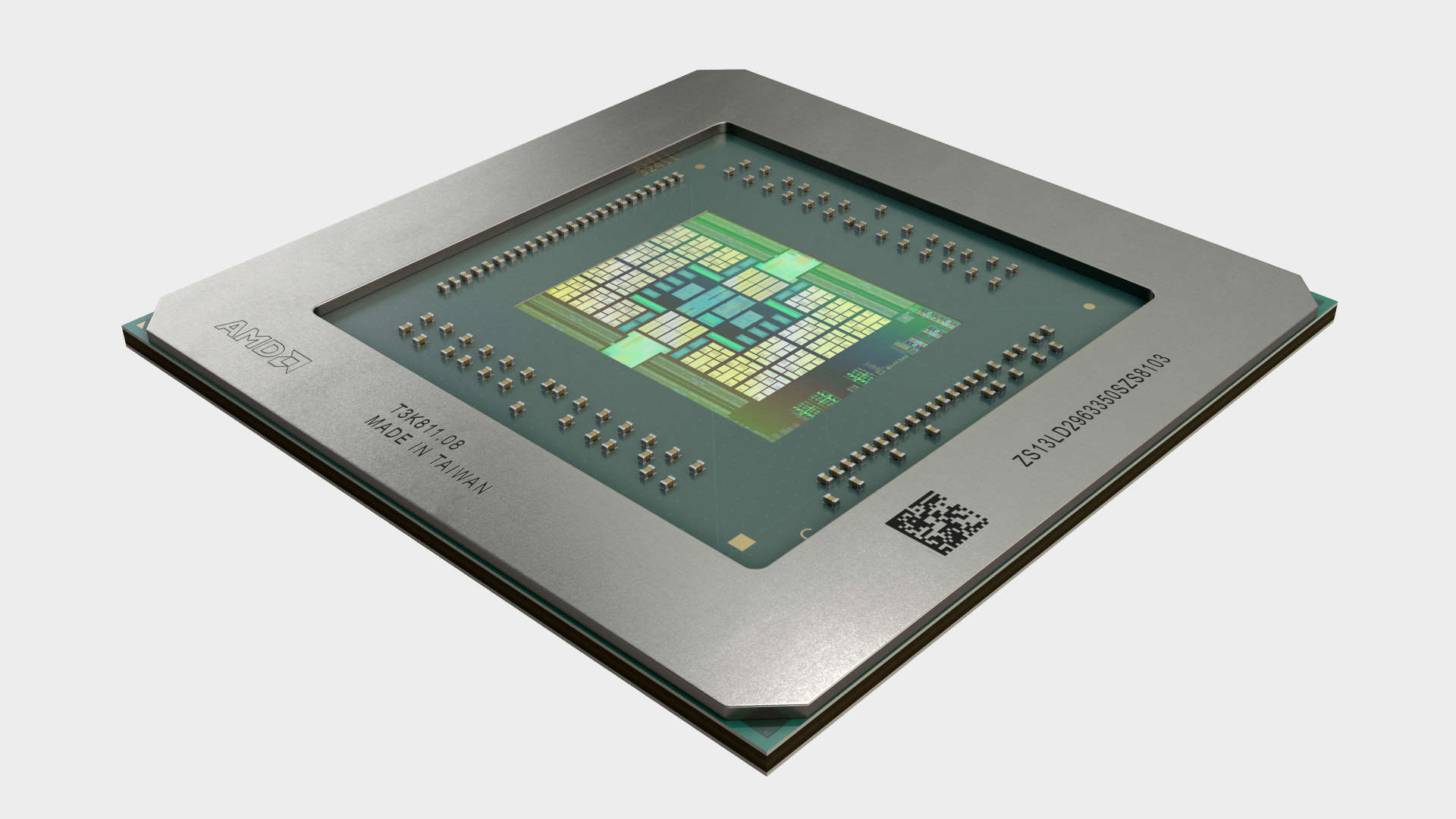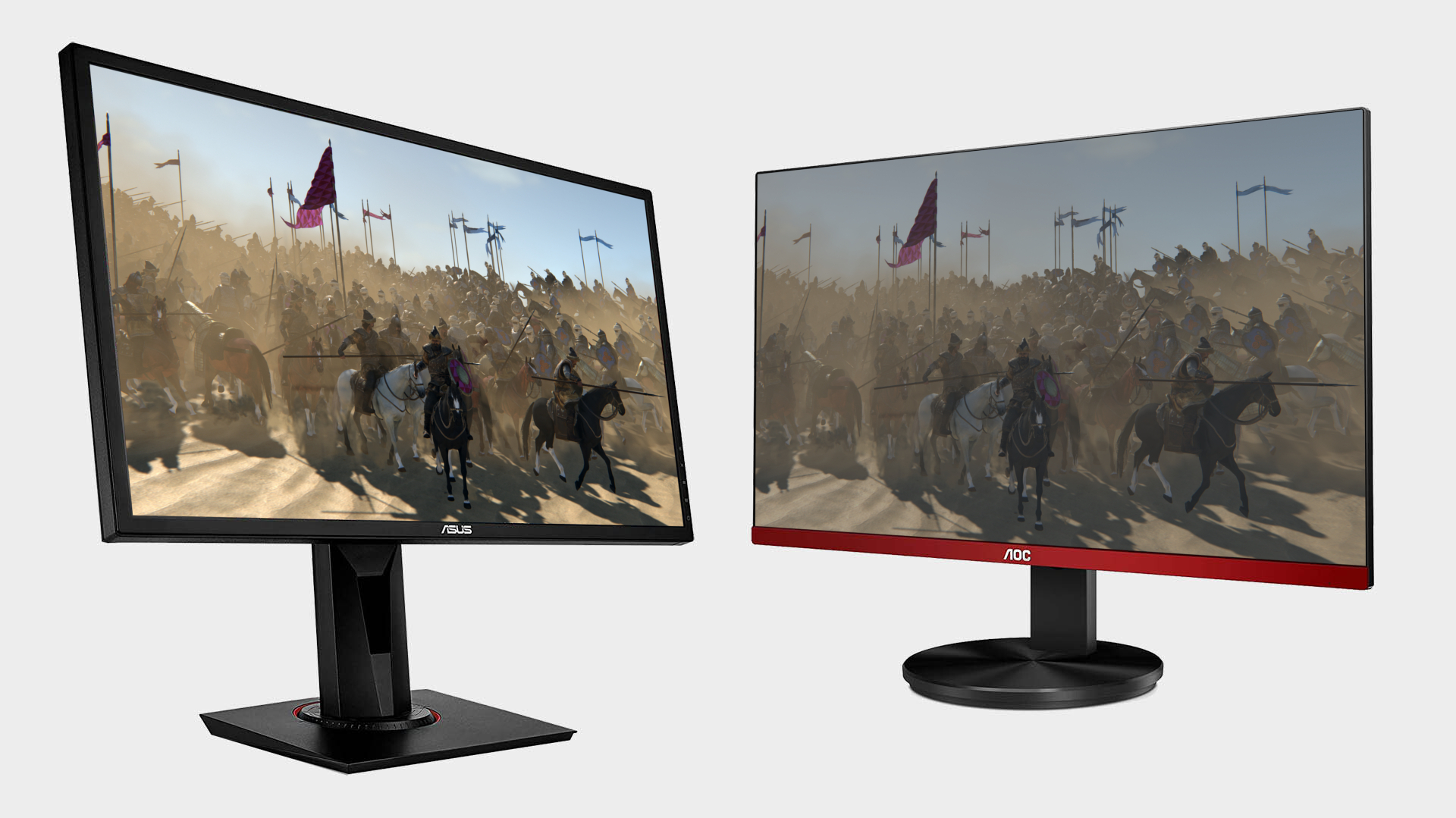AMD suggests a Ryzen-like design for RDNA 3 chiplets would be 'a reasonable inference'
Architect, Sam Neffziger, hints at a Ryzen CPU style compute chiplet and I/O chiplet combination for its next-gen graphics cards.

AMD's product technology architect, Sam Naffziger, has suggested that expecting the upcoming chiplet-based RDNA 3 graphics cards to be using a Ryzen-like design would be "a reasonable inference." Given that he knows exactly what that RDNA 3 design is like, and isn't really allowed to give explicit details, this feels tantamount to a straight "Yes, they will."
But what does that actually mean? Even before AMD admitted that its next-gen GPUs would be using a chiplet design, we had expected it to be bringing the first multi-chip module (MCM) graphics processor to the market.
There has been lots of talk about cross pollination of the Ryzen and Radeon design teams in the past, indeed that is where the massively spiked clock speeds of the RDNA 2 generation of GPUs came from. Lots of the focus in past Ryzen CPU designs has been about pushing up the clock speeds of its previously laggardly processors, and the learnings gleaned from that enterprise were all brought to the latest Radeon graphics cards.
And now that is going a step further with RDNA 3 with a push towards a chiplet design that could have huge ramifications for the AMD vs. Nvidia competition this generation.
In a talk with our sister site, Tom's Hardware, Naffziger confirms that the touted chiplet design with RDNA 3 isn't just about having separate memory chips within a package (so not some Vega-like HBM memory combination). He says there will indeed be separate chiplets in the design, though wouldn't be drawn on exactly how it was going to be configured.
When pushed as to whether it might be made of a design like the AMD's Alderbaran—which essentially features a pair of large chips with an interconnect between them—or would be more like the Ryzen design with discrete compute and I/O chiplets, he responds saying that the latter design would be "a reasonable inference."
The chiplet approach is one that will potentially allow AMD to both deliver higher spec, higher performance GPUs, but also in a far more cost effective, efficient way. That's what the approach offered Ryzen CPUs, letting them add more cores via smaller chiplets with high yields, while still being cheaper to produce than monolithic chips that offered far lower yields.
Keep up to date with the most important stories and the best deals, as picked by the PC Gamer team.
The currently accepted idea for RDNA 3 is that it will included graphics compute dies (GCDs) and multi-cache dies (MCDs) as well as an I/O die (IOD), but just how many of each is still one thing that seems to go back and forth depending on who you listen to. The issue is that if you're creating a gaming GPU, one whose primary focus is on spitting completed frames of a game out to your monitor, then that makes having multiple GCDs in a single package a bit of an issue.
You're essentially talking about having multiple GPUs in a single package, which is basically CrossFire all over again. Pairing GPUs up with straight compute tasks is easy, doing so with games is hard. So hard that it's just not done anymore. AMD is going to need to make a multiple GCD design completely invisible to the OS, and ensure there's zero noticeable latency if render workloads are split between chiplets at any point.
This is why the expectation is that the Navi 33 design will essentially be the same as the current Navi 21 setup, just a monolithic chip with RX 6900 XT level performance. I mean, that sounds pretty great on its own. But the idea for the Navi 32 and high-end Navi 31 designs is that they use chiplets to have a single 5nm GCD along with stacked MCDs—potentially also providing the memory interface—and a single 6nm IOD that houses all the display specific tech.

Best gaming monitor: Pixel-perfect panels for your PC
Best high refresh rate monitor: Screaming quick screens
Best 4K monitor for gaming: When only high-res will do
Best 4K TV for gaming: Big-screen 4K PC gaming
The benefit there is that the compute chiplets will be purely the core graphics stuff, and be easier to produce in volume and therefore be cheaper. There's also the chance AMD can stuff more shaders, ROPS, etc in there as there won't be all that I/O mess taking up space.
That doesn't mean there won't be multi-GCD designs for gaming in the future, however. The latest rumours are there's an RDNA 3 refresh already on the cards, with a gaming-focused monster with 16,384 shaders inside.
It's a gaming card, I have inquired, and 16384SP is speculated according to the information of RGT, I am not sure whether this specification belongs to this new plan.June 21, 2022
Apparently it's not some Radeon Pro Duo, because it will reportedly feature a different interconnect between the compute chiplets. That's would be the potential multi-GCD RDNA 3 design, but it could just be a development vehicle to see whether such a spec can really function when it comes to games.
If it can, then that could be how AMD takes an undisputed lead at the top of the GPU leaderboard next year. If not, then there'll be an unreleased RDNA 3 multi-GCD design prototype that might surface in a decade for a quick nostalgia hit.

Dave has been gaming since the days of Zaxxon and Lady Bug on the Colecovision, and code books for the Commodore Vic 20 (Death Race 2000!). He built his first gaming PC at the tender age of 16, and finally finished bug-fixing the Cyrix-based system around a year later. When he dropped it out of the window. He first started writing for Official PlayStation Magazine and Xbox World many decades ago, then moved onto PC Format full-time, then PC Gamer, TechRadar, and T3 among others. Now he's back, writing about the nightmarish graphics card market, CPUs with more cores than sense, gaming laptops hotter than the sun, and SSDs more capacious than a Cybertruck.

